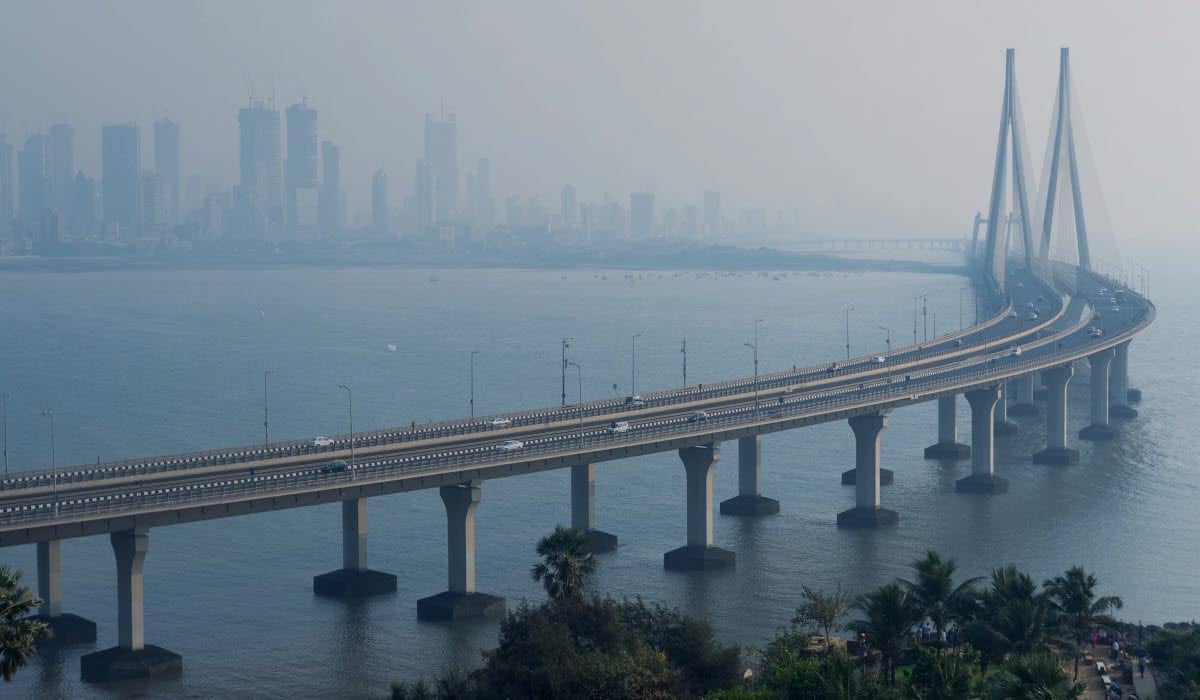India is projected to be the one of the fastest growing economies in the world which is in line with India’s ambitions of becoming a $5 trillion economy in the next few years. While the Covid pandemic slowed down India’s growth story, just like the rest of the world, it did cause businesses to focus on supply chain resilience and create opportunities for India to become a global manufacturing hub.
According to Global Ratings Agency Fitch, GDP growth rate will remain robust at 7.8 per cent in FY23 compared to 3.4 per cent across the globe.
Not just that, over the last decade or so, India has emerged as an entrepreneurial hub; technology, e-commerce, and financial services have accounted for the bulk of the money flow.
INDIA AS A GLOBAL MANUFACTURING HUB
Despite the global headwinds and supply-chain blocks in 2022, India’s manufacturing sector has shown sustained growth momentum this year. India has emerged as the second most sought after manufacturing hub across the world, attributed to India’s improving operating conditions, cost competitiveness, low labour cost, significant talent pool and success in meeting outsourcing requirements, taking it one step closer to China in becoming a global preferred manufacturing hub.
Opportunities for the manufacturing sector in India are immense, especially since a number of key initiatives have been taken by the government in the last year.
The government’s flagship programmes such as Make in India and the Production Linked Incentive (PLI) scheme have benefitted the sector as well as the government’s commitment to a planned expenditure of INR 2.75 lakh crore for manufacturing.
High quality infrastructure is imperative to promote supply chain efficiency for manufacturing. The government is working on the National Infrastructure Pipeline scheme for rapid infrastructure growth with a $1.4 trillion outlay for roads, railways ports, airports and industrial corridors. Another such example is the National Industrial Corridor Development Programme (NICDP) to provide multi-modal connectivity for cities.
India has streamlined its tax systems like the Good and Services Tax (GST) and Insolvency and Bankruptcy Code (IBC), brought several reforms to its labour laws to assist India in becoming a manufacturing hub.
SECTOR FOCUS AGRICULTURE: A SOURCE OF LIVELIHOOD FOR MILLIONS
India’s agriculture sector, worth US$370 billion, continues to remain the main source of livelihood for over 40 per cent of the population and contributes 19.9 per cent (FY 2021) to the national GDP. However, the sector needs structural changes to increase growth and productivity aided by technology-based modernisation – which means that agritech has a great role to play to plug supply chain inefficiencies, lack of infrastructure and low digital adoption. Several recent reports peg India’s agritech market to reach at potential of $24bn to $35 bn by 2025.
Overall, the agritech ecosystem has attracted a surge of startups in India offering technology-based solutions for the entire agricultural value chain, from storage and transportation services, crops and seeds, to farm technology. India currently has over 1300 agriculture startups to increase efficiency and productivity in the sector.
INVESTORS BULLISH ON FOODTECH
The FoodTech market in India has experienced remarkable growth in the last few years and investors are bullish. The sector can be mainly categorised into two segments – the online food delivery business and the online grocery market. Both segments have seen rapid growth during and post-pandemic. Adding to the growth of the sector is rapid urbanisation, the rise in the working-class urban youth, increased adoption of smartphones and technology, and high internet penetration.
India is expected to be the third-largest consumer market by 200. While the online food business is expected to clock $15 billion in gross value by 2025.
THE RISE OF THE FINTECH SECTOR IN INDIA
India’s FinTech sector is the third largest in the world, behind the US and China. India has the highest adoption rate for FinTech in the world at 87%. The growth potential for this sector is massive. India’s FinTech has grown to cover sectors from traditional banking, insurance, retail, to paperless lending, mobile banking, secure payment gateways, mobile wallets.
India's payments infrastructure has seen substantial improvements recently with the introduction of new payment mechanisms such as Immediate Payments Service (IMPS), Unified Payments Interface (UPI), Bharat Interface for Money (BHIM), and others. The government's "Make in India" and "Digital India" projects have also played a significant role in the rise of FinTech as has the rise of innovation driven FinTech startups, widespread mobile and internet penetration, and a young population.
THE INDIA-CHINA STORY
The world is looking at a China-plus-one policy. 500 million Indians will enter the middle class over the next decade, this will be the largest growth of the middle class anywhere in the world fuelling massive domestic demand and purchasing power. India is giving generous subsidies to several sunrise sectors such as FinTech, EduTech, Healthcare, Green Technology adoption, agriculture and manufacturing as well as the energy sector. India plans to build robust supply chains globally and also build massive infrastructure capacity through planned expenditure to fuel this growth, making sure that foreign capital is looking at India as investment destination at par with China.
CONNECT WITH BUSINESS SWEDEN TO INVEST IN INDIA
We at Business Sweden believe we can help Swedish companies tap into India's market and provide the right platform for advice and information. Our team in India has local knowledge, expertise, and established networks to help you expand your business.





